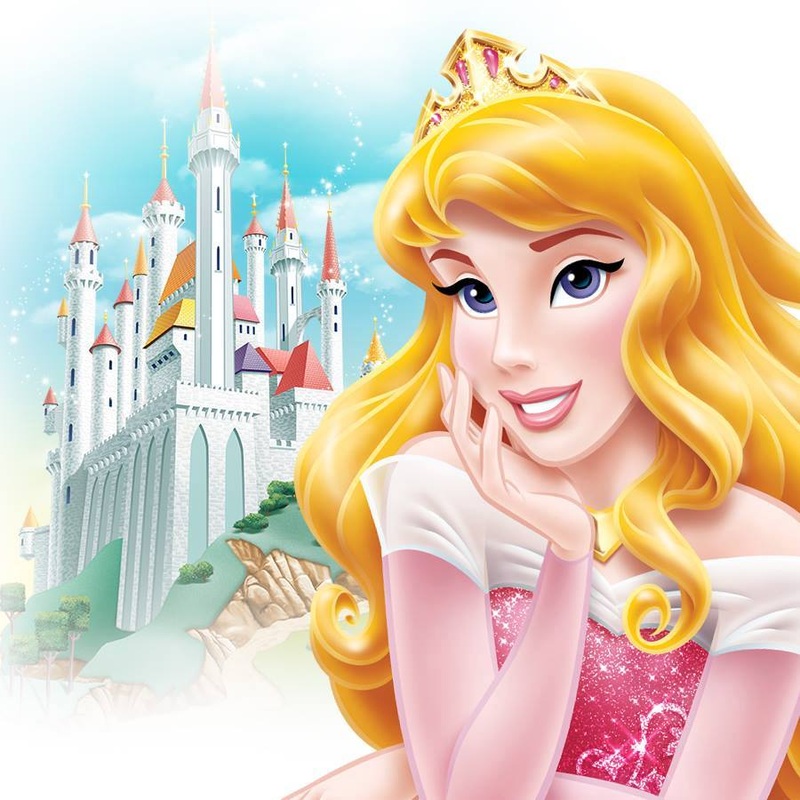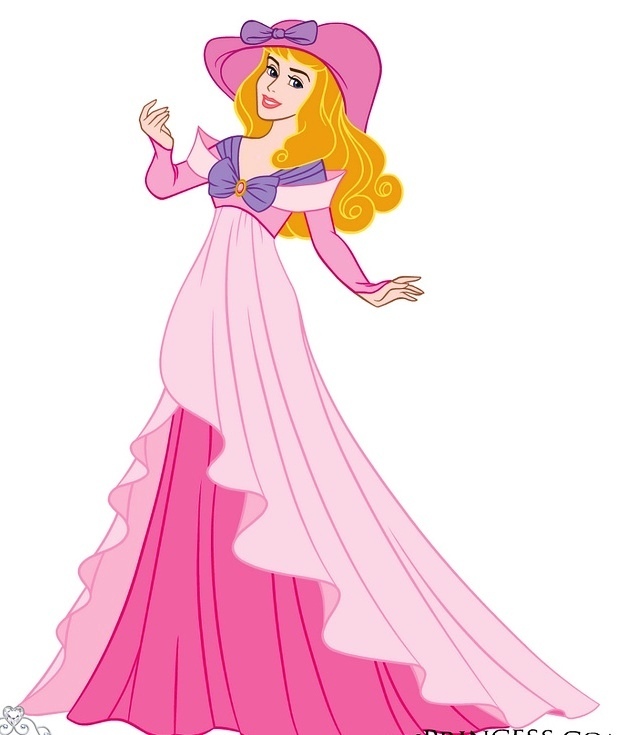

Isn’t it fascinating? Iceland is your best bet to view the aurora borealis, compared to other countries, because of key factors such as low light pollution, dark nights with no clouds, and moonless nights with enough solar activity. They release energy in Earth’s upper atmosphere, colliding with oxygen and nitrogen atoms to produce a dazzling auroral light. From there, the charged particles flow along the lines of the Earth’s magnetic field and into the polar region. Remember me mentioning that the particles were changed? Well - that charge is an electromagnetic charge, and it gets deflected by the magnets sucked into the Earth’s magnetic field.

This would be the end of the world as we know it, if it weren’t for a hidden protector: the Earth’s magnetic field. These powerfully charged clouds break through the sun’s surface, and, within a day or three, end up colliding with the Earth. It begins in the sun, that ever-present nuclear reactor, which ejects clouds of gases from time to time.

Today we know that auroras have their origin in outer space, and are harbingers of an amazing scientific phenomenon. A decade later, Kristian Birkeland speculated that they were caused by currents flowing in the northern atmosphere - a sort of celestial neon display, so to speak. With that, Cavendish could compute a triangle between the three points - viewpoint one, viewpoint two, and the aurora itself - to determine how far it really was.ĭespite auroras feeling, to the casual observer, close enough to touch, Cavendish found that they were actually at least a hundred kilometers (or 60 miles) high up in the atmosphere. To determine how far they really were, he used a method called triangulation: look at an object from two different points, and see how much your viewing angle changes. A hundred years later, Galileo believed them to be a result of sunlight reflecting from the atmosphere.įinally, in 1790, Henry Cavendish decided to make some quantitative observations. In the 1500s, a common idea seems to have been that they stem from candles burning in the sky. Of course, ever since the first sighting, people have been coming up with various explanations for why auroras happen. Our earliest written record of an auroral sighting was penned in 2600 BCE China, describing ‘strong lighting moving around ’ and how the light ‘illuminated the whole area.’ In this telling, her name is all but incidental to the narrative, but it’s a name with a rich story of its own.Ĭlearly, the aurora borealis has fascinated people the world over. If you’ve watched the Disney version of this story, then you may even remember the princess’s name: Aurora. Luckily, a kindly fairy has reduced the sentence, so instead of dying the princess falls asleep, but into a sleep so deep that it needs a true love’s kiss to wake her up. As these stories often go, the prophecy is fulfilled regardless: the princess accidentally happens upon a spindle one day…and pricks her finger on it. Horrified, her parents - the King and Queen - send their little daughter away to be raised in a cottage deep inside the woods, and then proceed to destroy every spinning wheel in the country. It’s the story of a beautiful princess cursed to die if she pricks her finger on a spindle. There’s one, in particular, that’s always stuck with me. Take a trip down memory lane, to the stories you were told as a child. Through the power of true love, Prince Phillip and Princess Aurora bring together their kingdoms and live happily ever after.The princess and the force of nature - and what they have in common Prince Phillip comes to her rescue though, defeating Maleficent and breaking the spell. Tricked into pricking herself, Aurora is laid in state at King Stefan's castle. Merryweather makes it so that in the event Aurora did prick her finger, she would fall into a timeless slumber, until her true love comes to awaken her.ĭespite the fairies best efforts to protect Aurora as she grows up in exile, hiding from Maleficent's all-seeing gaze, ultimately nothing can stop the Mistress of all Evil. The three good fairies cannot dispel the curse, but can lessen it's power. Disgusted not to have been invited to the celebrations Maleficent curses Aurora with death by the pricking of her finger, by the time the sun sets on her 16th birthday. At the celebration of her birth, Aurora was blessed by two of the three good fairies with the gifts of beauty and song, but as the third gift is being given, the evil fairy Maleficent arrives. She was betrothed since her birth to King Hubert's son, Phillip. Princess Aurora is the beautiful daughter of King Stefan and his Queen. Sleeping Beauty, Aurora, Briar Rose, Rose Disney Royalty, Princes & Princesses


 0 kommentar(er)
0 kommentar(er)
